References from around the world
We are in many landmarks around the world

Hillwood Development Company
United States of America

Indianapolis Colts
United States of America

Resorts World Las Vegas
United States of America

Skyline at the Highlands
United States of America

Sunmark Credit Union
United States of America
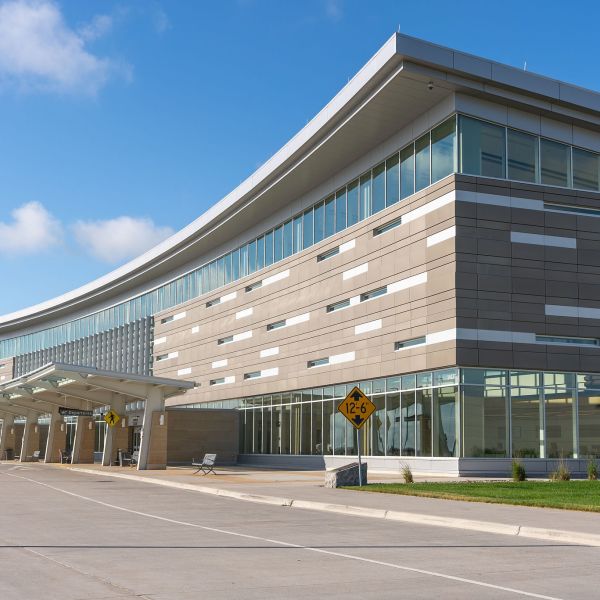
Williston Basin International Airport
United States of America
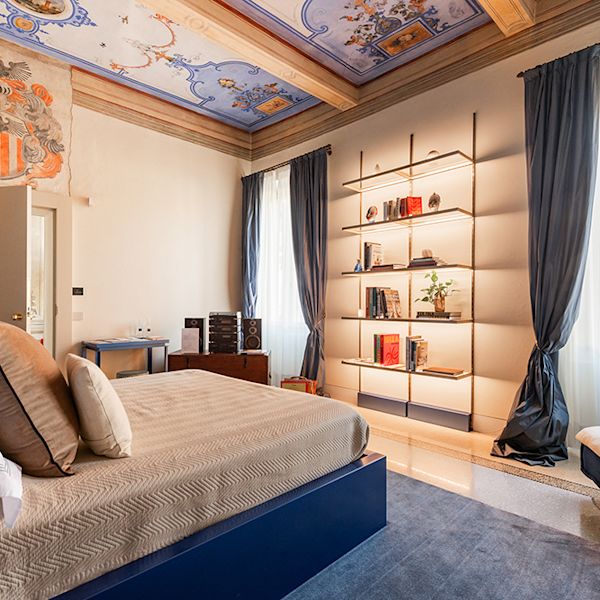
B-Luxe Gironda, Ravenna
Italy
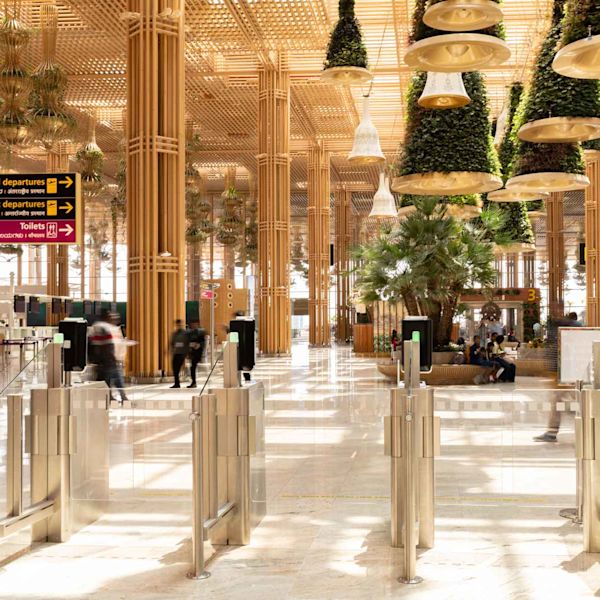
Bangalore International Airport
India

Berlin State Library, Prussian Cultural Heritage
Germany

Bianchi S.p.A.
Italy

Bürgenstock Obbürgen
Switzerland

Color line ferry oslo
Norway
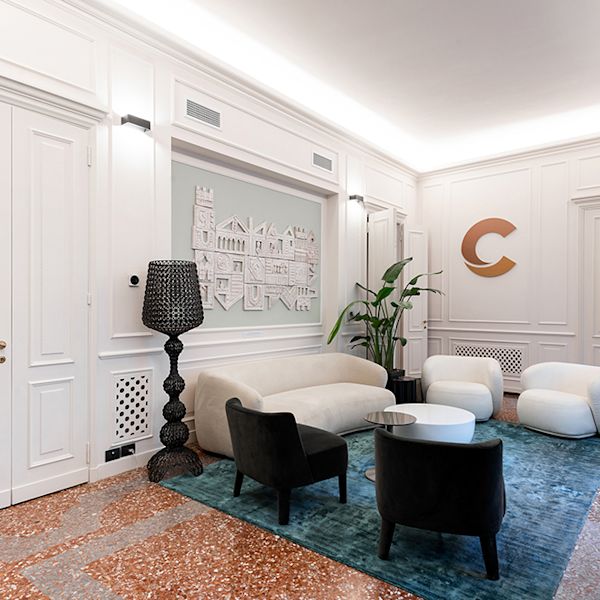
Costa Crociere
Italy
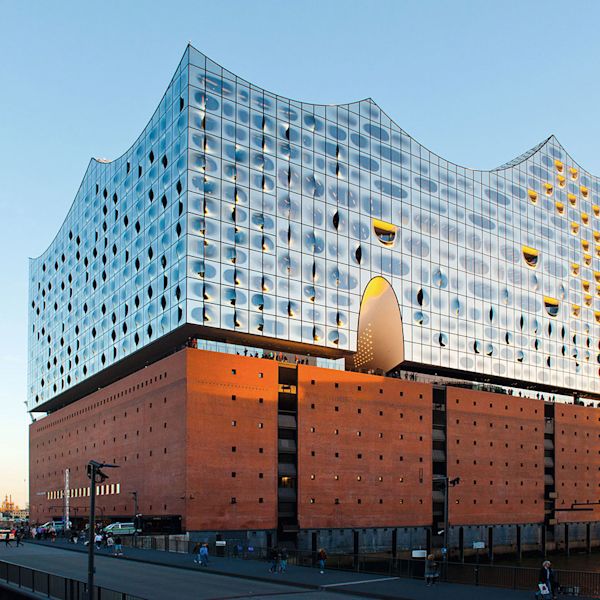
Elbphilharmonie Hamburg
Germany

Europahafenkopf Bremen
Germany
Ask our experts
Contact us today for advice or to arrange a meeting
Every access and security choice you make impacts factors such as usability, compliance, safety and aesthetics. As a result, it’s important that you get fast, informed advice. Our experienced, highly qualified architectural consultancy team is dedicated to delivering exactly that. Our experts will be happy to get in touch with you.

dormakaba Americas
Contact us